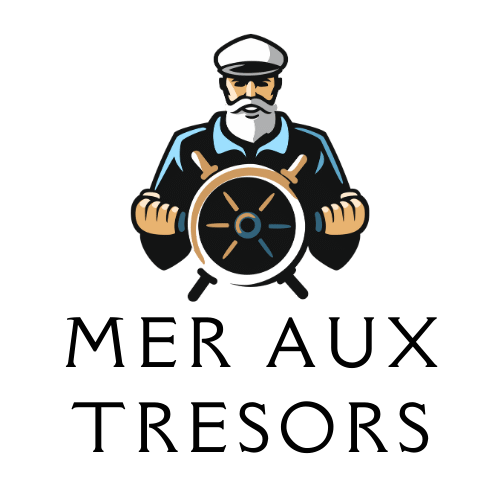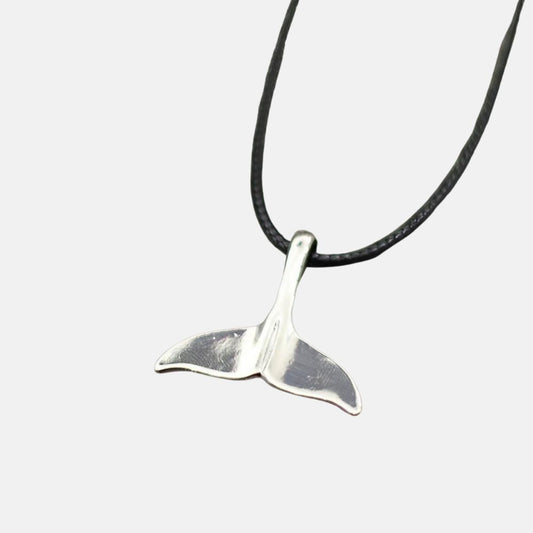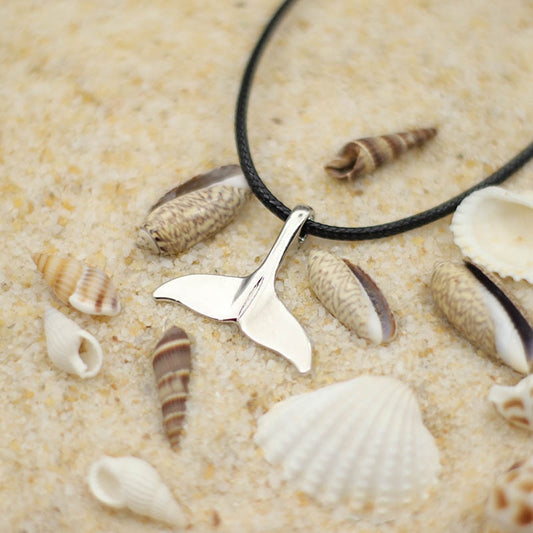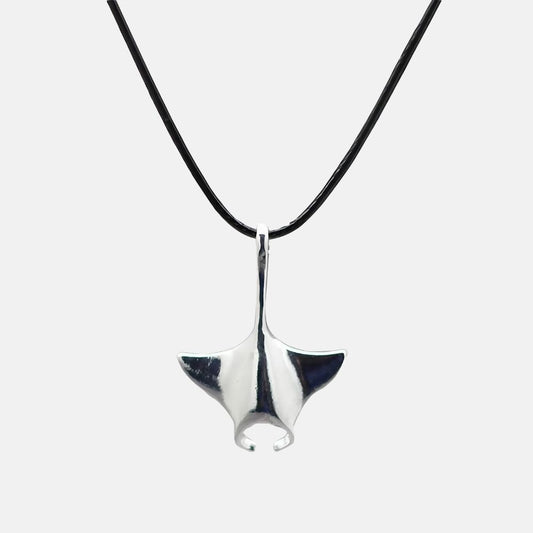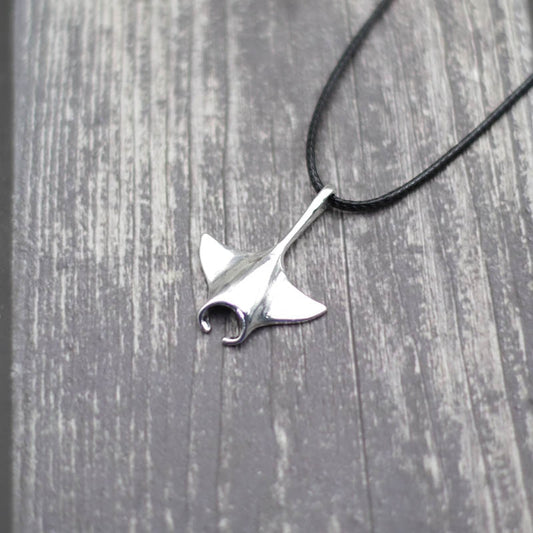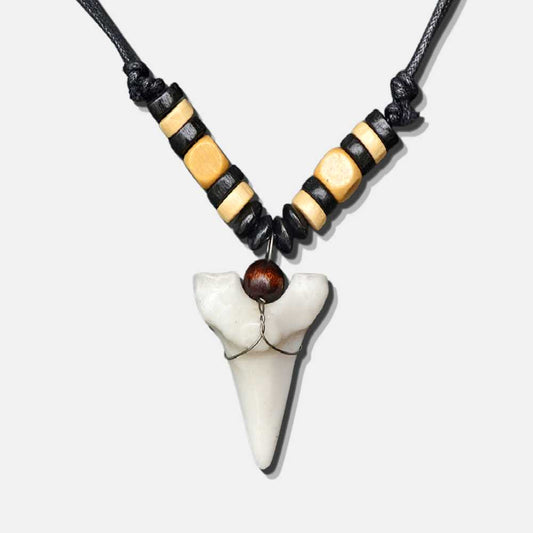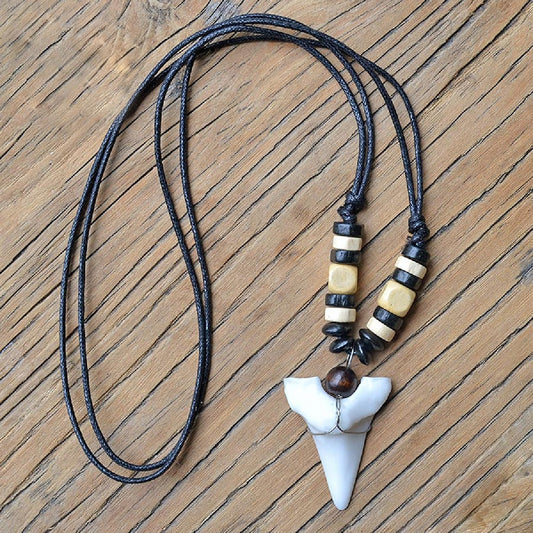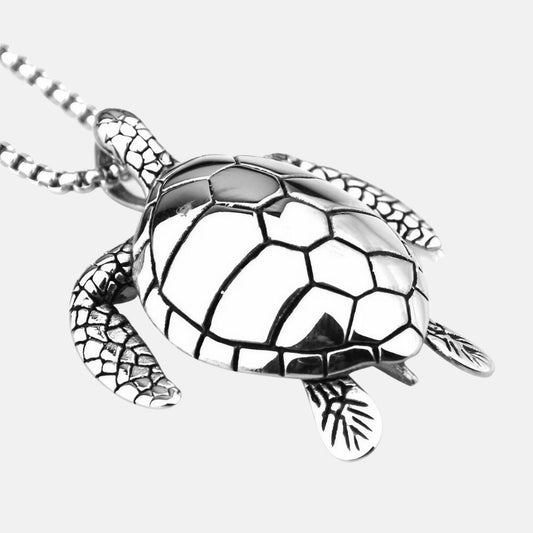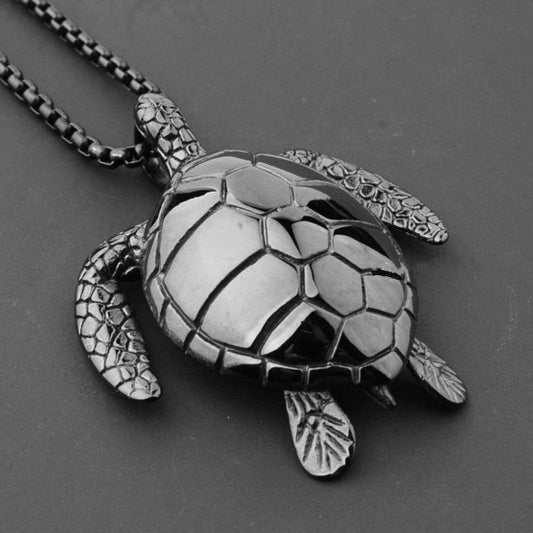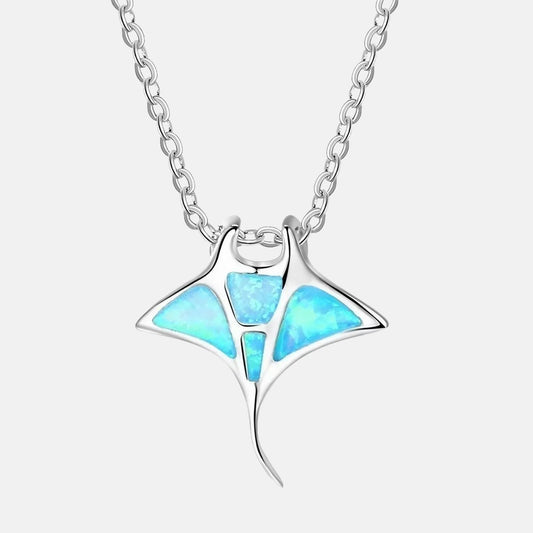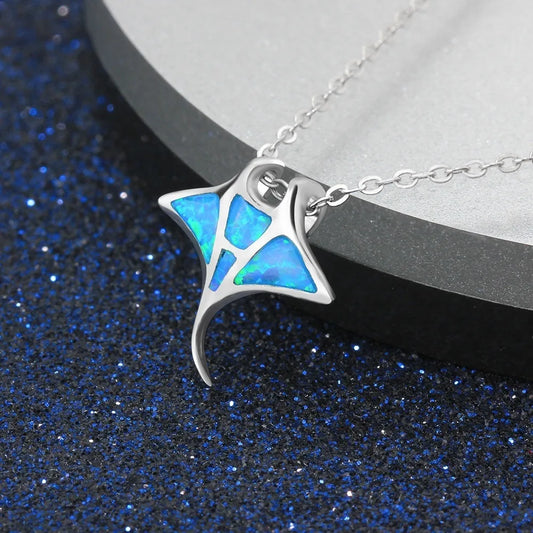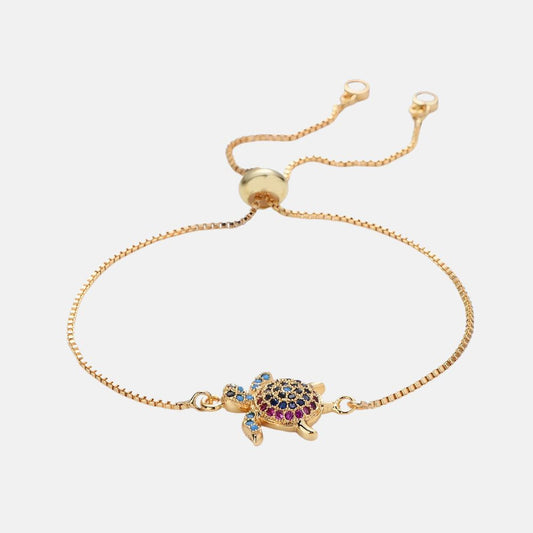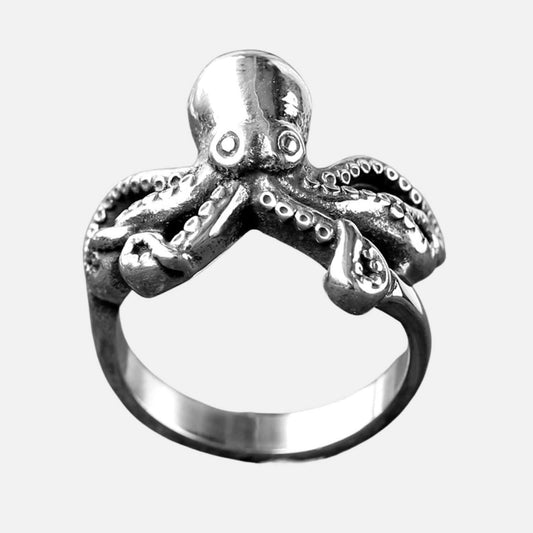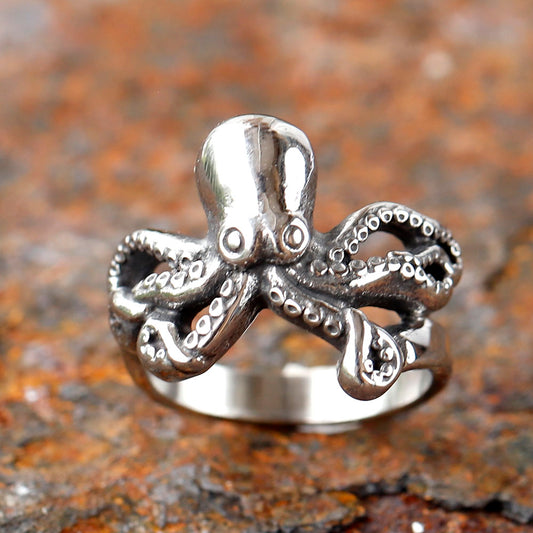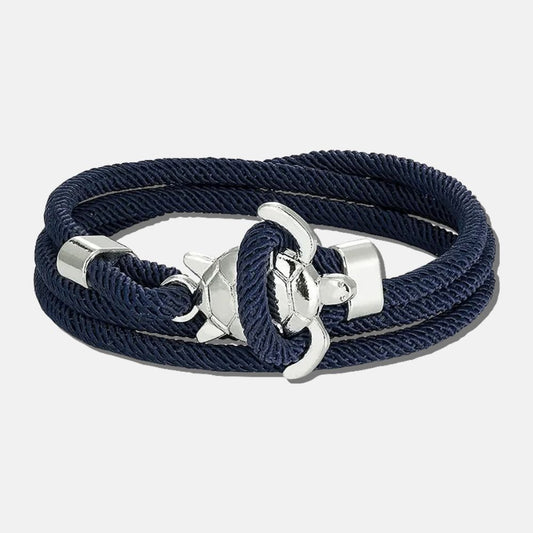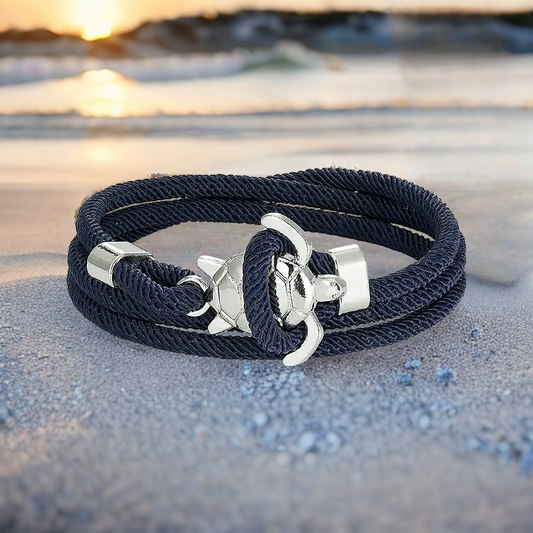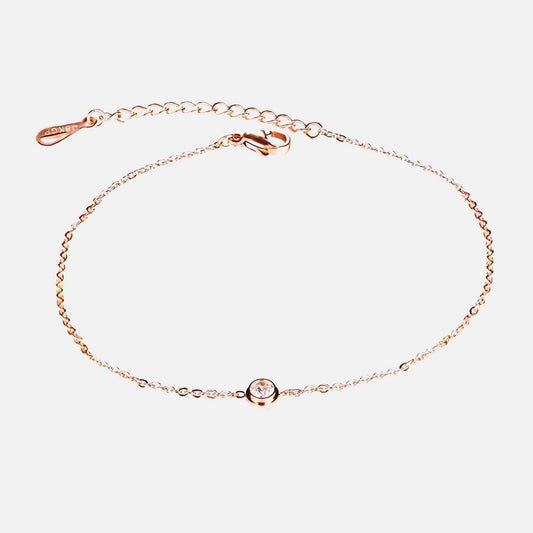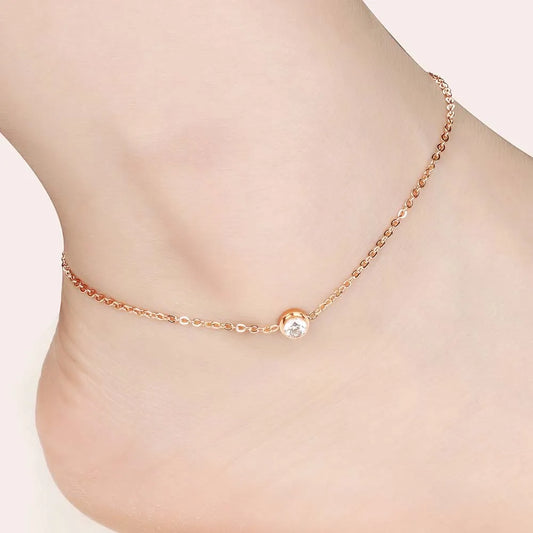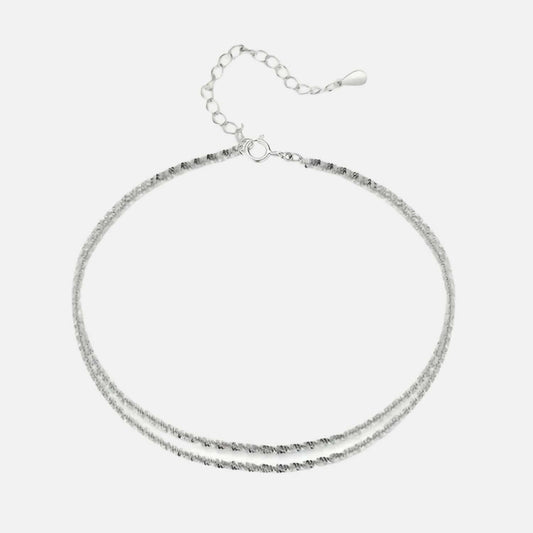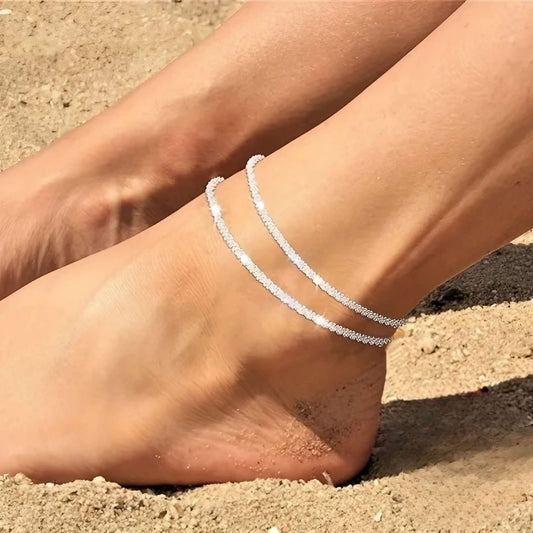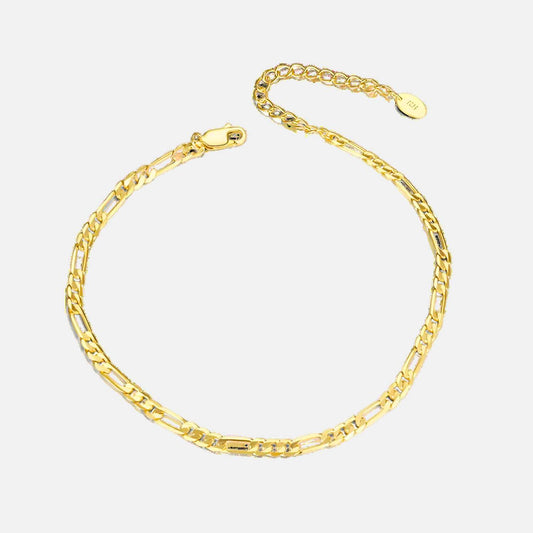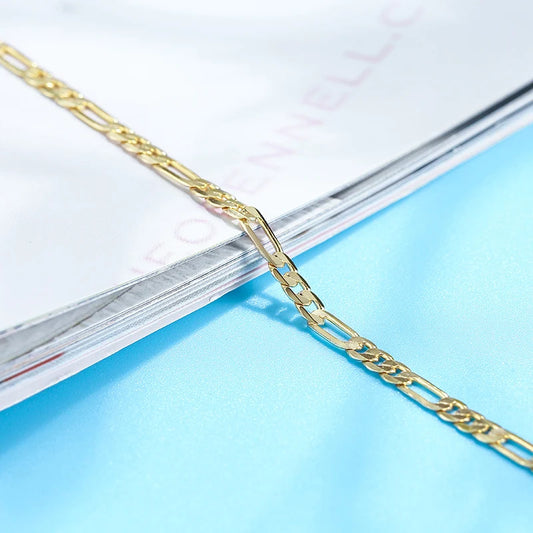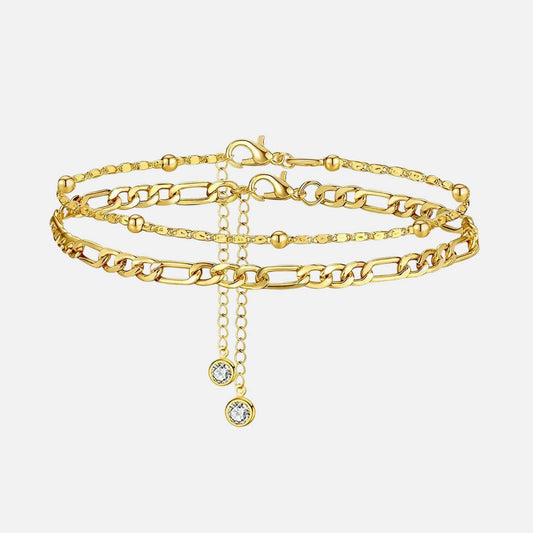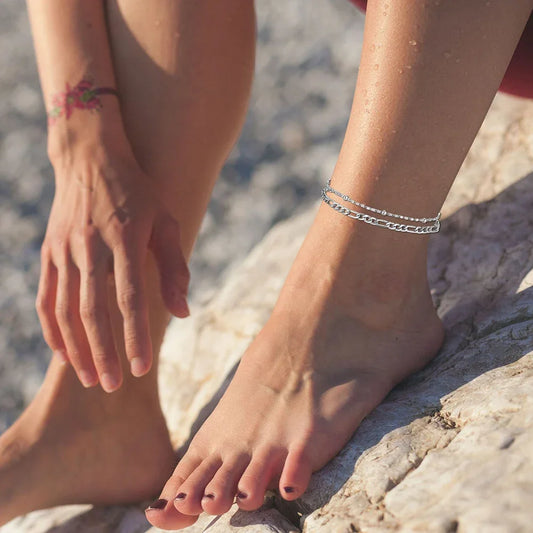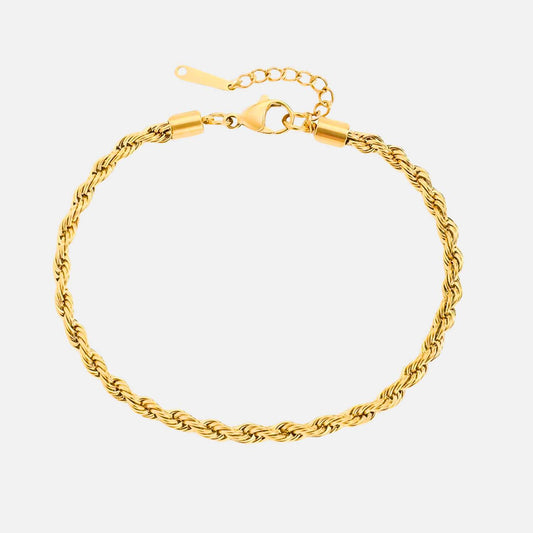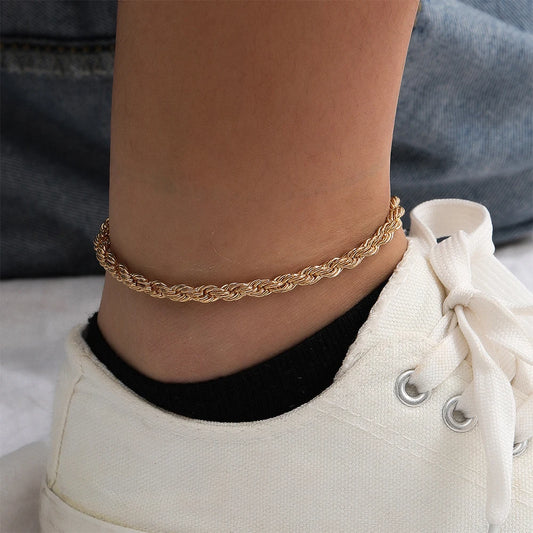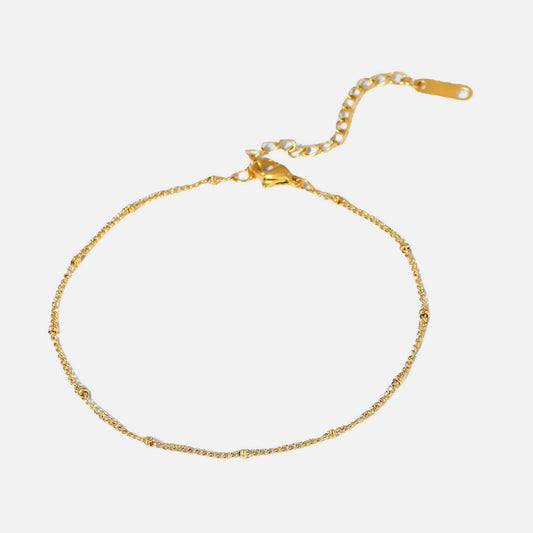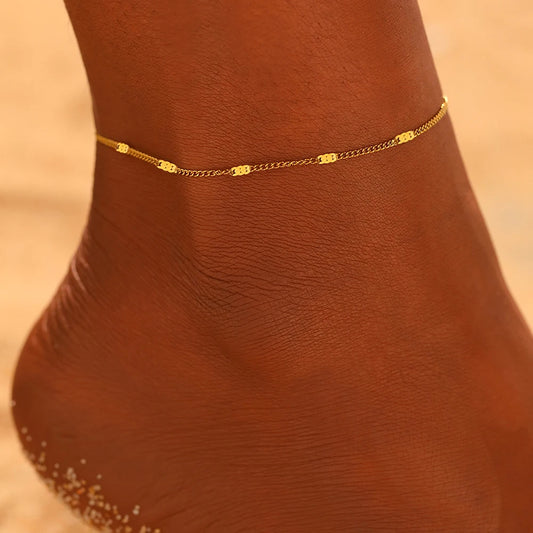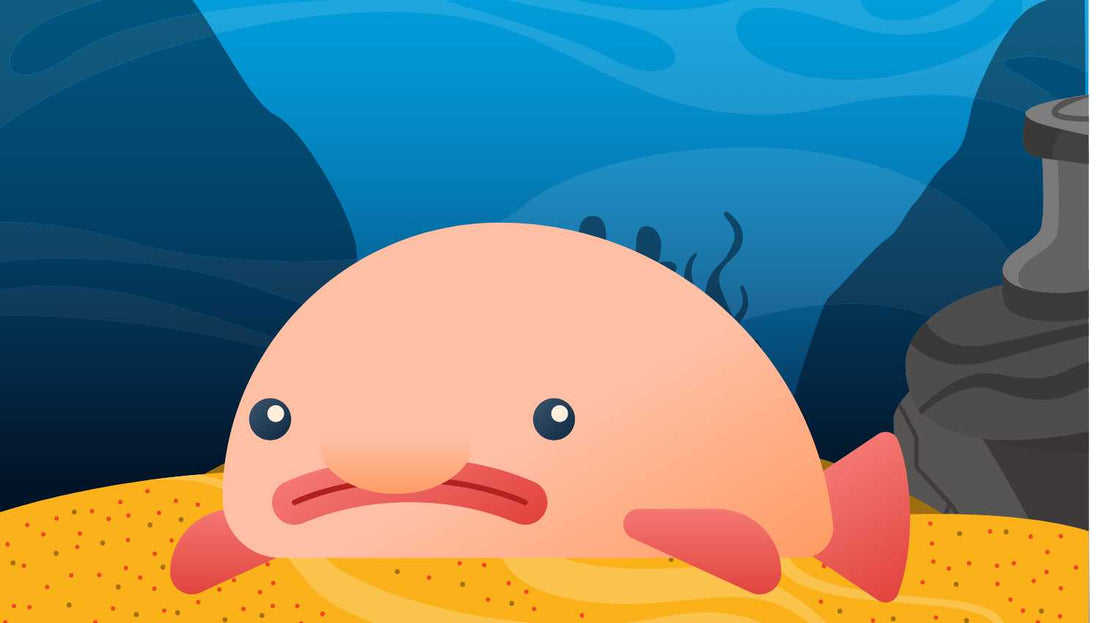
6 creatures that live on the seabed
Scientists know more about space than they do the ocean , according to Columbia University 's Earth Institute. So, in a sense, the majority of creatures lurking beneath the surface might as well be aliens.
On the other hand, researchers at Dalhousie University, in Nova Scotia (Canada), estimate that 91% of these marine animals are still unknown to us. Among the approximately 235,000 species we know of, many have adapted to their environments through distinctive camouflage , bioluminescence and mating habits, resulting in some very strange appearances.

Blobfish
Scientific experts have given this fish a name, which is “ Psychrolutes microporos ”, but it is also known by the more common and straightforward name “ Fathead ”. This is a species of fish that is often recognized for its large head and unique body shape.
Smithsonian Magazine even notes that this bizarre-looking creature is widely considered "the ugliest animal in the world." But the blobfish is a pretty incredible sea dweller, surviving at depths of over 4,000 feet , where the pressure is 120 times that at the surface. And here's the thing: the blobfish is only really ugly when it's brought to the surface. Most fish have a swim bladder , which is a bag of air inside their body that allows them to float.
When fish are removed from their usual environment, these sacs inflate and the innards come out through the mouth. Technically, we only consider the blobfish ugly when it's dead - so think twice before pointing at it and laughing.
| Features | Values |
|---|---|
| Scientific name | Psychrolutes marcidus |
| Lifetime | About 130 years old |
| Size | Between 30 and 90 cm |
| Weight | Between 2 and 10 kg |
| Physical appearance | Flabby body, no swim bladder, gelatinous and wrinkled skin, small and black eyes, wide and smiling mouth |
Tardigrade
One of the most interesting creatures of the seabed is the Tardig rade , more commonly known as the moss pig or water bear . There are many different species of tardigrades, several of which are found on the sea floor.
The largest Tardigrade species are 1 ½ millimeters long , barely visible to the naked eye. Surprisingly, Tardigrades do not fear freezing or boiling water temperatures. They may also go without water or food for years. They may shrivel up completely, but can rehydrate and continue to live.
| Features | Values |
|---|---|
| Scientific name | Tardigrada |
| Lifetime | About 1 year |
| Size | Between 0.1 and 1.5 mm |
| Weight | A few micrograms |
| Physical appearance | Cylindrical body, four pairs of clawed legs, head with a stylus, protective cuticle, often translucent or pigmented |
Giant worm
The giant worm is another fascinating seabed creature . It is a large , flattened worm that can reach 1.5 m in length. These blue or purple worms have many segments, each with its own pair of legs, much like the ground centipede. The giant worm burrows into the sand of the seabed, where it searches for small objects to eat.
| Features | Values |
|---|---|
| Scientific name | Megascolides australis |
| Lifetime | Unknown (maybe more than 5 years old) |
| Size | Up to 8 meters long |
| Weight | Can reach up to 1 kg |
| Physical appearance | Cylindrical body, smooth and shiny skin, pointed head, several visible rings around the body, pale pink color |
Giant clam
Many types of bivalves are found on the seabed. Perhaps the most famous bivalve is the giant clam . These sea creatures have two massive, wrinkled shells that open and close with a powerful internal muscle.
Giant clams are impressive not only because they can weigh more than 200 kg or live 100 years, but also because they are often beautifully colored . Giant clams anchor themselves to the sea floor or to coral growing on the ground, then open their shells to collect passing food.
| Features | Values |
|---|---|
| Scientific name | Panopea generosa |
| Lifetime | About 100 years old |
| Size | Up to 1.2 meters long |
| Weight | Can reach up to 220 kg |
| Physical appearance | Thick, stocky, elongated shell, dark gray-brown to black color, pearly white interior, soft, fleshy body, cream to beige color |
The pleated ascidian
Sea squirts , or tunicates , are another type of visually stunning sea creature. These invertebrates attach themselves to the sea floor and filter the water to recover nutrients.
There are hundreds of species of ascidians, found all over the world. They are usually tubular in shape and come in many bright colors , including white , orange , red , green , purple and blue .
| Features | Values |
|---|---|
| Scientific name | Ciona intestinalis |
| Lifetime | About 2 years |
| Size | Up to 15 cm long |
| Weight | About 30g |
| Physical appearance | Bag-shaped body, transversally pleated, variable color (from white to dark brown), two siphons: one for water entry and one for waste outlet |
Cumacean
Cumaceae are tiny crustaceans , called hooded shrimps because of their long, thin tails and rounded bodies. Many Cumacean species burrow into the seabed where they hunt for food. They are found all over the world, in a variety of water temperatures and habitats . They are only a centimeter or less long.
| Features | Values |
|---|---|
| Scientific name | Cumacea |
| Lifetime | About 1 to 2 years |
| Size | Between 2 and 20 mm |
| Weight | Varies depending on the species |
| Physical appearance |
Oval and laterally compressed body, hard and often pigmented carapace, several pairs of biramous legs, two antennae and two compound eyes |
In conclusion, the seabed is full of fascinating and often little-known creatures. The six creatures presented in this text are all examples of the incredible diversity and adaptation of underwater life.
These extraordinary animals remind us that the oceans are a complex and fragile ecosystem, the preservation of which is essential for the future of our planet. We still have much to learn from these mysterious creatures , and it is important to continue to explore and study the ocean floor to better understand how they work and why they are important.
